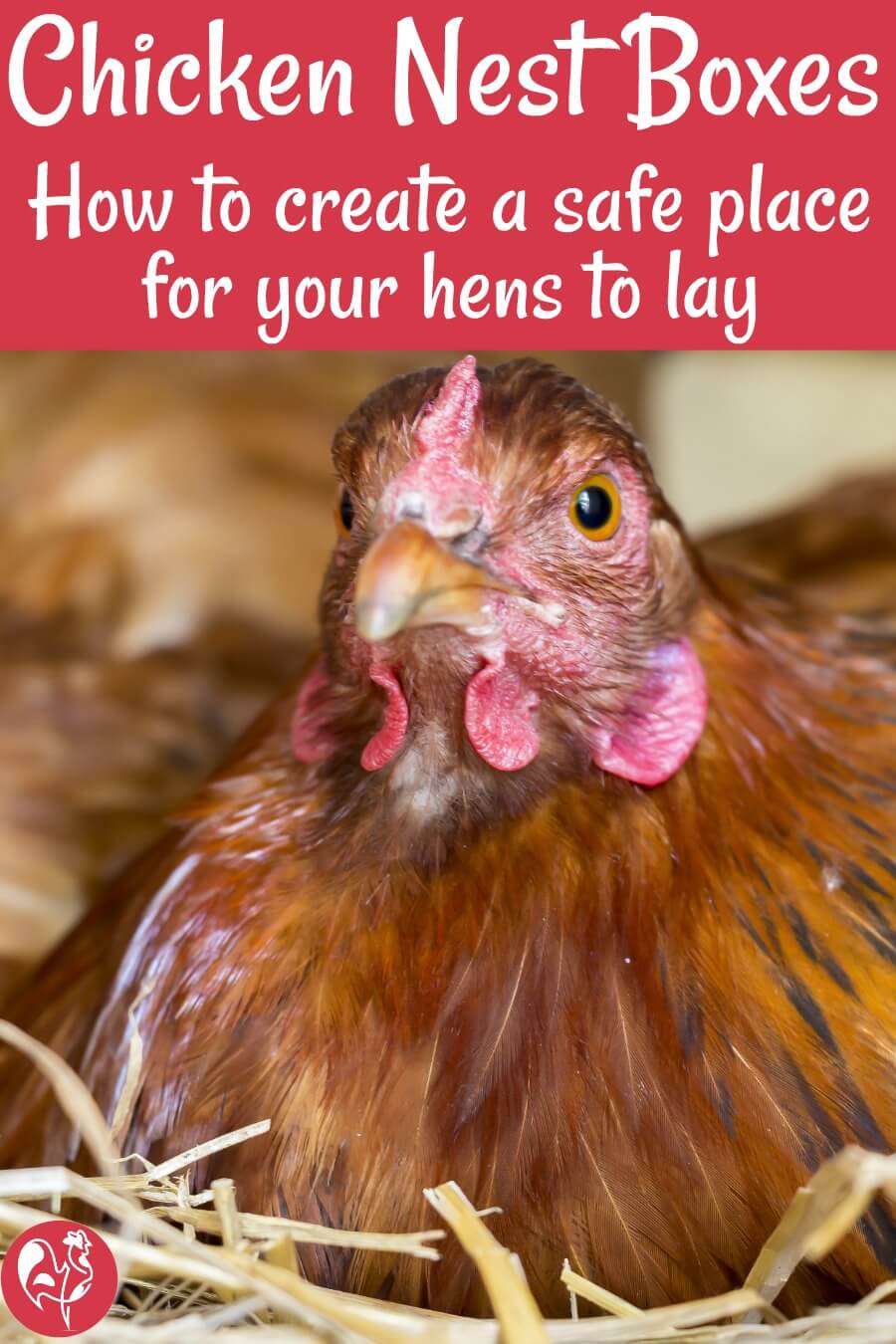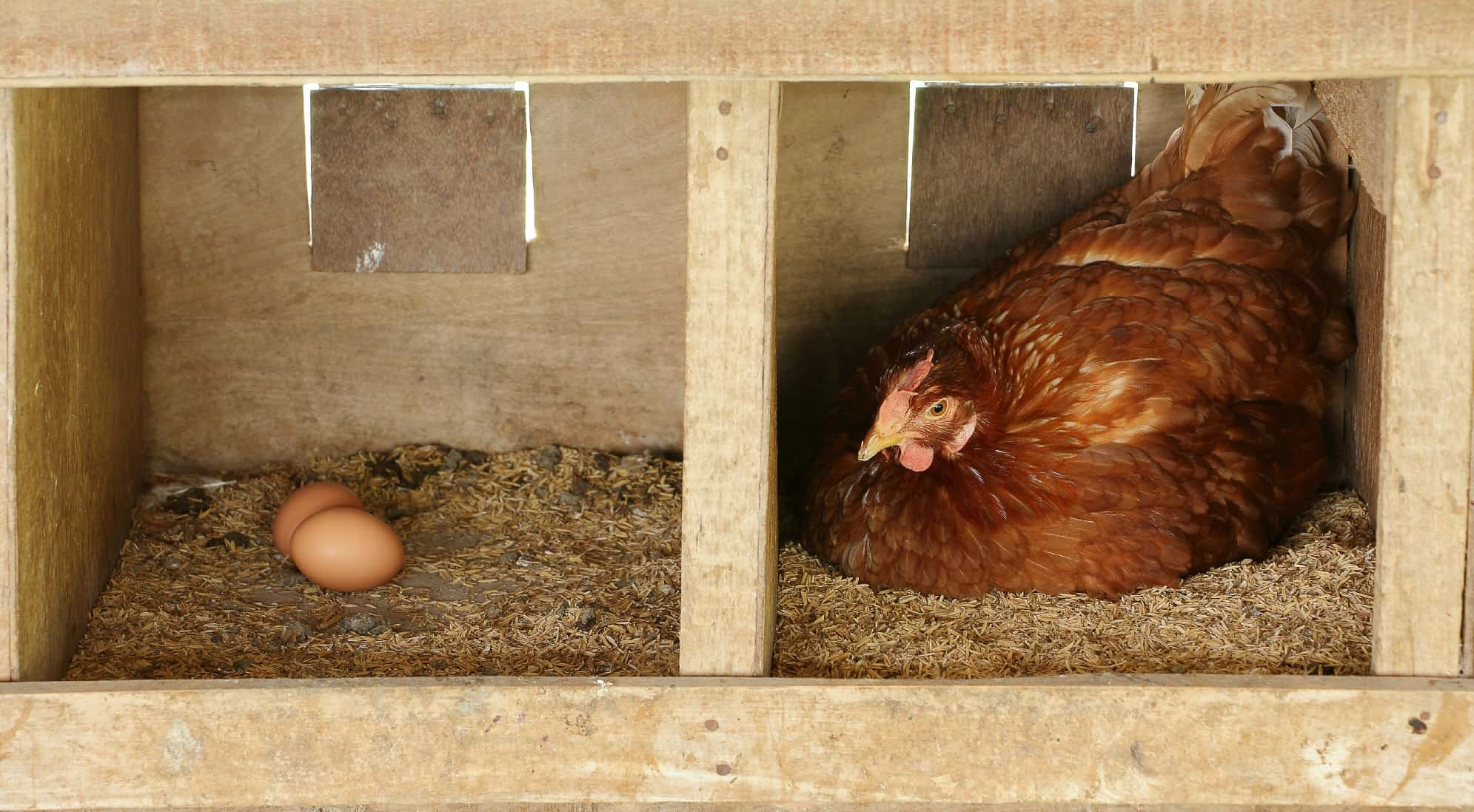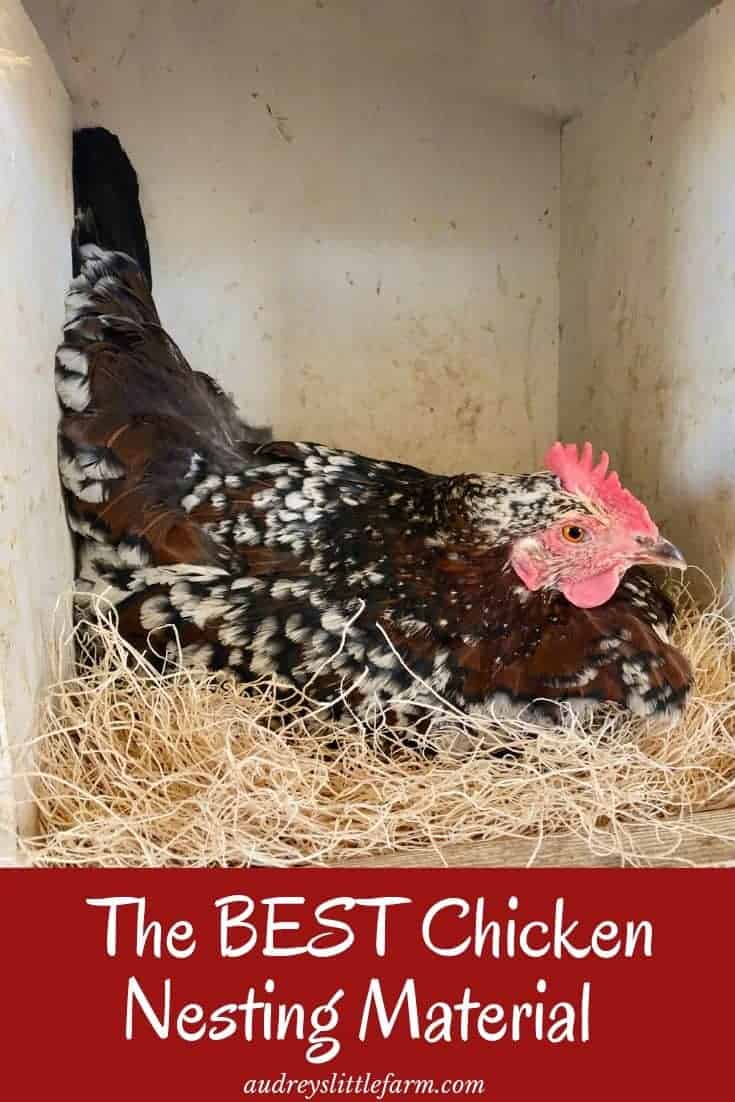When it comes to chicken husbandry, one of the most important pieces of equipment to have is a chicken nesting box. Nesting boxes provide chickens with a safe, secure, and comfortable environment to lay their eggs. Knowing what to put in chicken nesting boxes is essential to ensure optimal chicken husbandry and keep your chickens healthy and happy. This article will discuss what to put in chicken nesting boxes to ensure that your chickens have the best possible environment.
Benefits of Chicken Nesting Boxes

Comfort
Chicken nesting boxes provide chickens with a safe and secure place to lay their eggs. This can be especially beneficial to chickens that are kept in areas where predators may be present. The boxes offer a secure hiding place for the chickens while they are laying eggs, ensuring they feel safe and comfortable.
Egg Collection
Chickens may not always lay their eggs in the same place, and having chicken nesting boxes ensures that eggs can be collected regularly. This makes it easier to keep track of how many eggs are being laid, and can help ensure that the chickens are being provided with the proper food and care. Having nesting boxes also makes it easier to collect eggs for consumption or sale, and can help reduce the amount of time spent searching for eggs.
What to Put in Chicken Nesting Boxes

Nesting Material
Nesting material should be provided in the nesting boxes to make chickens feel safe and comfortable. Suitable materials include straw, dry hay, dry grass, and shredded cardboard. The material should be soft and dry, and should be replaced regularly to keep the nesting boxes clean.
Straw Bedding
Straw is a popular material for chicken nesting boxes, as it’s soft and comfortable for the chickens. It can also help absorb moisture and keep the nesting boxes dry. It’s important to make sure the straw is fresh and not damp or wet, as this can cause health problems for the chickens.
Wood Shavings
Wood shavings are also a suitable material for chicken nesting boxes. They are absorbent and comfortable for the chickens, but can be more expensive than straw. It’s important to make sure the wood shavings are dust-free, as dust can irritate the chickens’ respiratory systems.
When deciding what to put in a chicken nesting box, it’s important to choose materials that are comfortable and absorbent, and to replace them regularly to keep the nesting boxes clean and dry.
Cleaning Chicken Nesting Boxes
Cleaning Frequency
Chicken nesting boxes should be cleaned on a regular basis to ensure optimal chicken husbandry. To keep the nesting boxes in the best condition, they should be cleaned and bedding changed at least once a month. In the case of a high-producing flock, the boxes should be cleaned and bedding changed twice a month for optimal hygiene.
Cleaning Process
The nesting boxes should be thoroughly washed with hot, soapy water and then rinsed with a clean, damp cloth. The bedding should be replaced after cleaning, and it should be dry and free of debris. A layer of hay or straw should be added to the bottom of the nesting box to provide cushioning and absorb moisture. Dry wood shavings are also a good choice. Finally, add a few handfuls of shredded paper or hay to the nesting box for comfort.
Frequently Asked Questions
What is the best material to use for chicken nesting boxes?
Wood: Wood is the most traditional and popular material used to make chicken nesting boxes. It is relatively inexpensive, easy to clean and can last for many years with proper maintenance. Its natural texture and warmth makes it a great choice for chickens.
Metal: Metal is a great material for nesting boxes as it is very durable, resistant to pests and can be easily cleaned. However, it can be quite noisy and uncomfortable for chickens.
Plastic: Plastic nesting boxes are lightweight, affordable and easy to clean. They are also resistant to pests and can last for many years. However, they are not as comfortable for chickens as wooden or metal boxes.
Straw: Straw is a great material for nesting boxes as it is very comfortable and absorbent, which helps keep eggs clean. It is also relatively inexpensive and easy to replace. However, it is not very durable and can be difficult to clean.
How often should nesting boxes be cleaned and maintained?
Nesting boxes should be cleaned and maintained routinely – at least once a month or after every egg-laying cycle. Cleaning should involve removing bedding, fecal material, and any other debris that may have accumulated in the box. The nesting box should also be disinfected with a mild solution of bleach and hot water to prevent the spread of bacteria and disease. It is also important to inspect the boxes for any signs of damage or wear, and to make repairs as needed.
How Many Nesting Boxes Should Be Provided for Each Chicken?
The ideal number of nesting boxes is one box per 4-5 chickens. This ensures that each bird has access to a nesting box and reduces competition for space. Additionally, the boxes should be spaced out so that birds can access them without hindering each other. It is also important to make sure the boxes are kept clean and that nesting material is refreshed regularly.
Is it necessary to provide additional bedding beyond the nesting box?
No, additional bedding beyond the nesting box is not necessary. However, there are several benefits that can be derived from providing additional bedding. These include:
- Increased comfort: Adding additional bedding such as straw, hay, or shredded paper can help make the nesting boxes more comfortable for your chickens. This can make them more likely to lay eggs in their nesting boxes.
- Reduced mess: Adding additional bedding can help reduce the amount of dirt, dust, and feathers that accumulate in the nesting boxes. This can help keep the boxes clean and reduce the risk of disease.
- Protection from predators: Adding additional bedding can help provide a layer of insulation that can help protect your chickens from the cold. It can also provide a layer of protection from predators that may be trying to get into the nesting boxes.
Ultimately, providing additional bedding beyond the nesting box is not necessary, but can provide several benefits to your chickens and their health.
What is the Ideal Temperature for Nesting Boxes?
Nesting boxes should be kept at a temperature between 30-32°C (86-90°F) to ensure optimal chicken husbandry. This temperature provides the chicks with a comfortable environment that encourages them to lay eggs. Additionally, the temperature should remain consistent to avoid shock to the chicks.
Conclusion
Chicken nesting boxes should be filled with soft, clean material such as straw, hay, or wood chips. They should also have a low roost at the entrance for the hens to perch on before entering the boxes. The boxes should be kept clean and be checked daily for signs of eggs and signs of predators. With proper chicken husbandry, chickens should have a safe and secure nesting environment.
